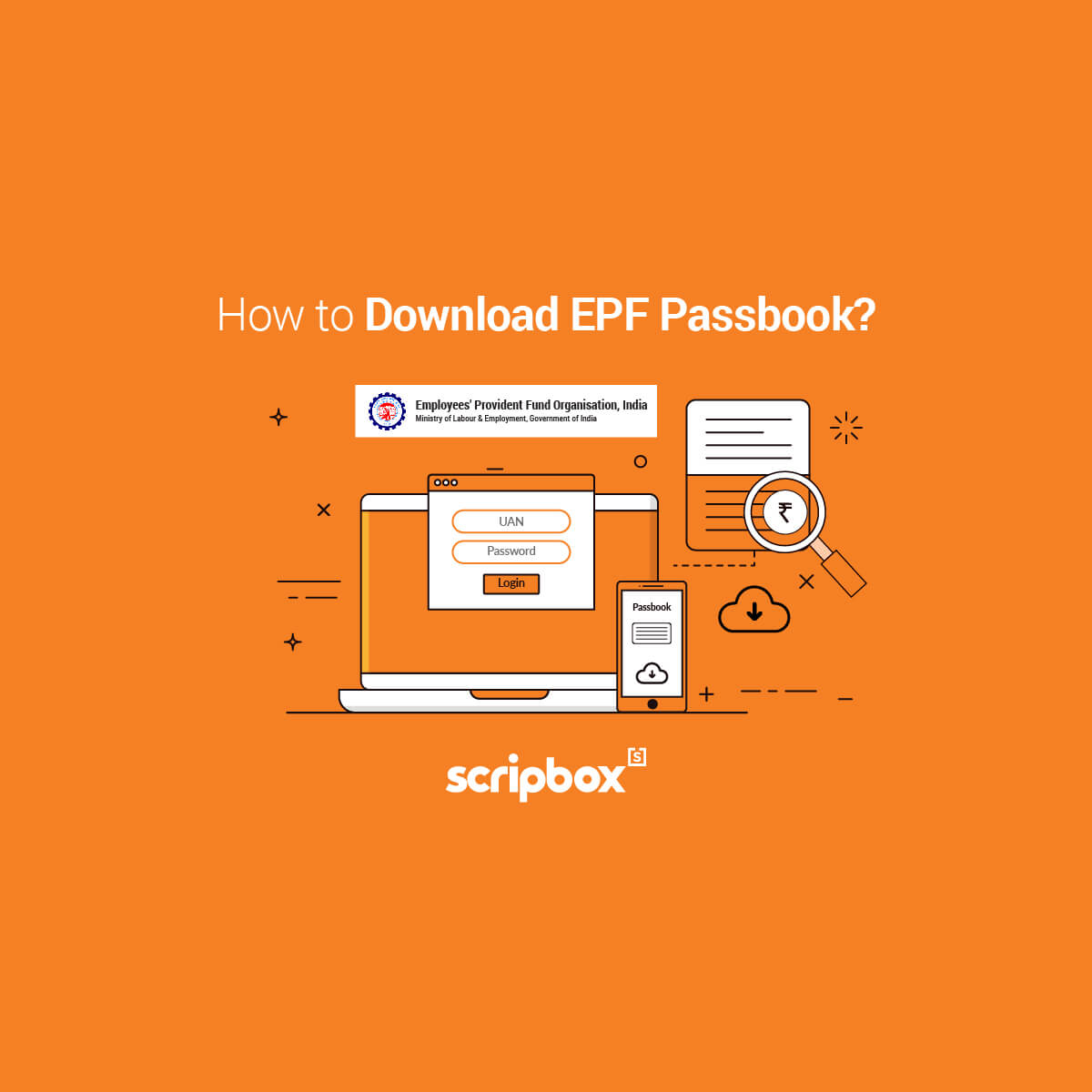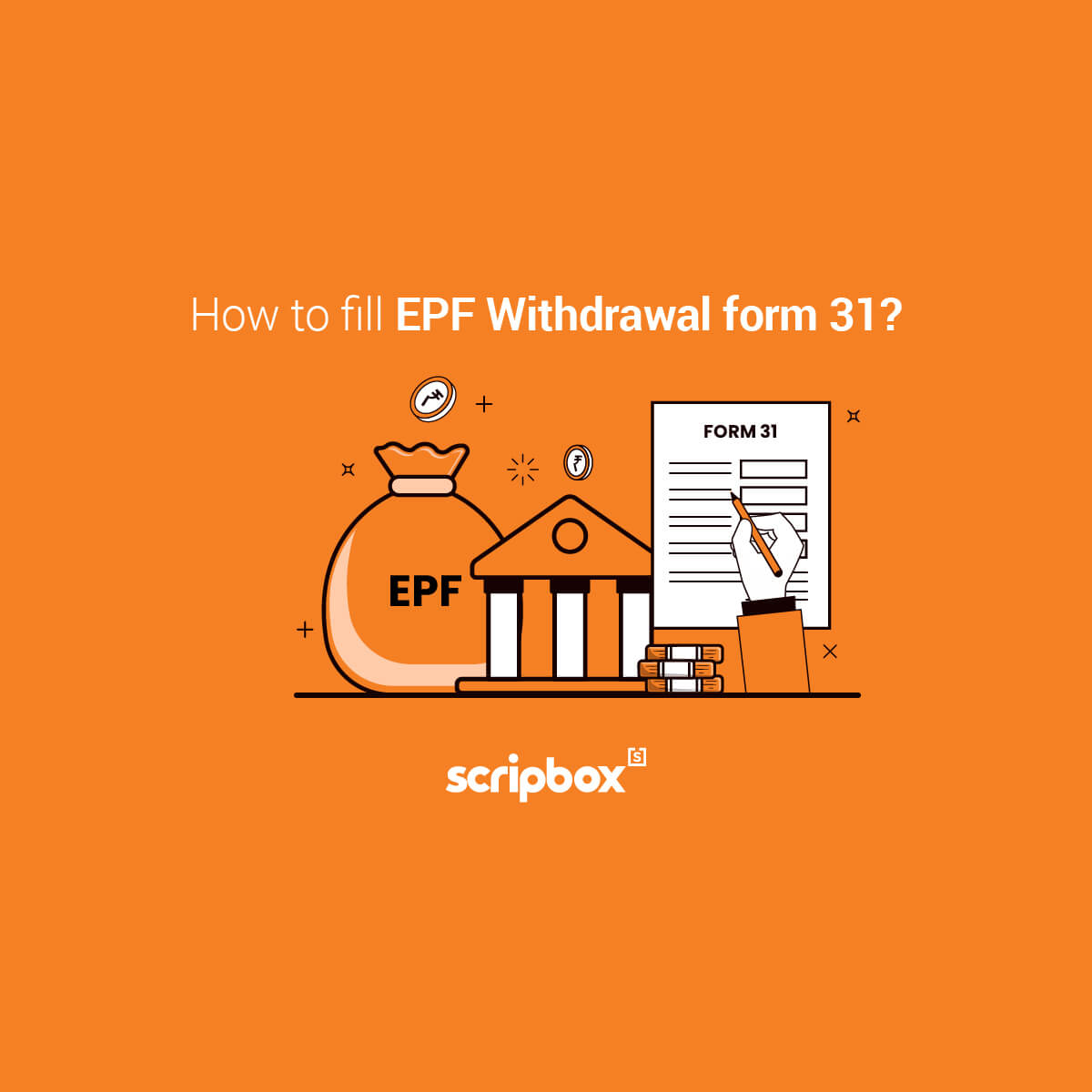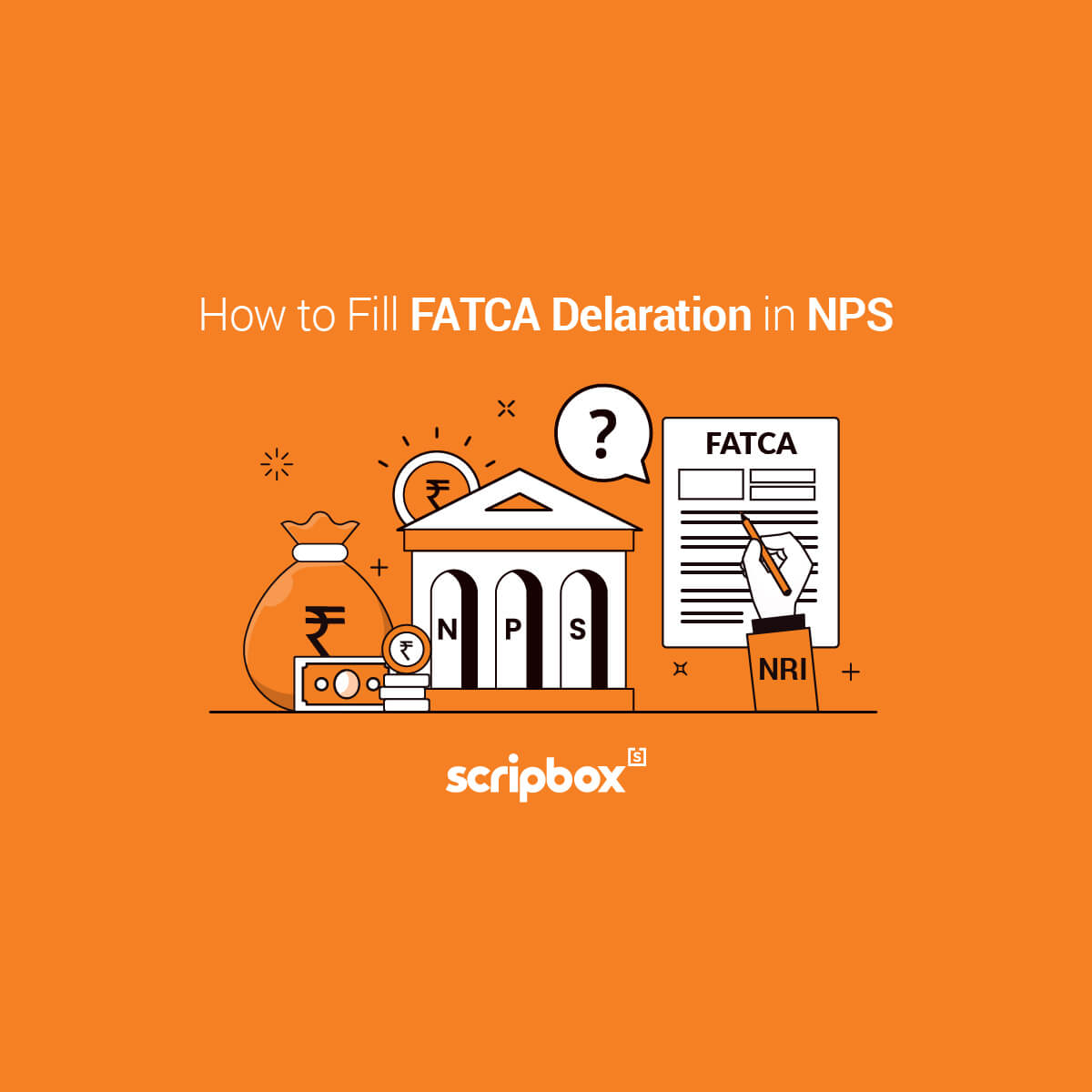National Saving Scheme in India
The national saving scheme (NSS) in India is a scheme regulated by the Ministry of Finance and operated and managed by the Department of Post, India. The national saving scheme is safer than other investment options because it is backed by the Central Government of India. The interest rates are monitored and revised periodically based on the bond rates in the country.
The major goal of NSS is to encourage people to save and eventually develop a sizeable savings account. Each scheme under the national saving scheme is designed for every category of investor. It is suitable for investors seeking regular savings, fixed income, retirement planning, securing the future of a girl child, etc. Along with tax deductions, each scheme provides multiple benefits such as loan against the deposit, premature withdrawal, low minimum investment amount, nominee facility, ease of transaction, etc.
National Savings Scheme Interest Rates 2025
| Schemes | Minimum Investment Amount | Interest Rate |
| Post Office Saving Account | Rs 500 | 4% p.a. |
| National Savings Recurring Deposit Account | Rs 100 | 6.70% p.a. |
| National Savings Time Deposit Account | Rs 1,000 | 6.90% to 7.50% p.a. |
| National Savings (Monthly Income Account) Scheme | Rs 1,000 | 7.40% p.a. |
| Senior Citizen Savings Scheme | Rs 1,000 | 8.20% p.a. |
| Public Provident Fund Scheme | Rs 500 | 7.10% p.a. |
| Sukanya Samriddhi Account | Rs 250 | 8.20% p.a. |
| National Saving Certificate (VIII issue) | Rs 1,000 | 7.70% p.a. |
| Kisan Vikas Patra | Rs 1,000 | 7.50% p.a. |
Compare Best National Saving Schemes (NSS)
| Schemes | Investment Amount | Interest Rate | Tax Deduction | Premature Withdrawal |
| Post Office Saving Account | Rs 500 – No Limit | 4% p.a. | Interest Earned- U/S 80TTA | NA |
| National Savings Recurring Deposit Account | Rs 100 per month – No Limit | 6.70% p.a. | Nil | Available after 3 years |
| National Savings Time Deposit Account | Rs 1,000 – No Limit | 6.90% to 7.50% p.a. | 5 year TD- U/S 80C upto Rs 1.5 lakhs | Available after 6 months |
| National Savings (Monthly Income Account) Scheme | Rs 1,000 – Rs 9 lakhs | 7.40% p.a. | Nil | Available after 6 months |
| Senior Citizen Savings Scheme | Rs 1,000 – Rs 15 lakhs | 8.20% p.a. | U/S 80C up to Rs 1.5 lakhs | Anytime after account opening(penalty applicable) |
| Public Provident Fund Scheme | Rs 500 – Rs 1.5 lakhs | 7.10% p.a. | U/S 80C up to Rs 1.5 lakhs | 1 withdrawal during a financial after five years Premature withdrawal after 5 years |
| Sukanya Samriddhi Account | Rs 250 – Rs 1.5 lakhs | 8.20% p.a. | U/S 80C up to Rs 1.5 lakhs | After 5 years of account opening (subject to conditions) |
| National Saving Certificate (VIII issue) | Rs 1,000 – No Limit | 7.70% p.a. | U/S 80C up to Rs 1.5 lakhs | Allowed subject to conditions |
| Kisan Vikas Patra | Rs 1,000 – No Limit | 7.50% p.a. | Nil | Any time before maturity |
Features of a National Saving Scheme
- The interest rate is reviewed quarterly. Since the interest rate is prefixed it does not account for inflation rates.
- Premature withdrawal is subject to fulfilment of conditions such as emergency conditions, minimum duration, etc
- Only residents of India can invest in any of the national savings schemes
- An investor can invest directly through a post office or with any of the participating public or private banks in India
Benefits of Investing in a National Saving Scheme
- The NSS schemes returns are guaranteed and announced before they are invested. Furthermore, because they are not connected to market risks, investors can expect set returns.
- Except for a few, most of the schemes are eligible for a tax deduction under section 80C of the Income Tax Act 1961. You can claim a tax deduction of up to Rs 1.5 lakhs in a financial year. Many investors are attracted to this tax benefit.
- Since the schemes are regulated by the Ministry of Finance, Central Government of India, the schemes are safer to invest in.
- A loan facility is available against the deposits.
- The national savings schemes are more suitable for conservative investors who want to invest in retirement planning.
Check Out Government Schemes for Girl Child
Frequently Asked Question
The best savings schemes in India are PPF, SSA, SCSS, NSC, POMIS, and so on. Moreover, the selection of the best savings schemes depends on the investor’s investment objectives and preferences w.r.t. Maturity and withdrawal. For example, PPF and SCSS are more suitable for an investor looking for retirement planning. On the other hand, SSY is suitable to secure the future of a girl child. Hence, you must consider your investment goals and preferences before investing.
The national savings schemes are products of the Ministry of Finance, Government of India, and are backed by a sovereign guarantee. This makes them completely secure and safe. In comparison to other financial market programs, the interest rates offered on NSS are relatively attractive. The crucial feature is that 100 percent of the money collected in the state is invested in securities floated by the state government as a long-term loan from the government of India. Such funds are used by the state government for development projects in the state.
The highest interest rate is provided by SCSS, PPF, and SSY. Senior citizen savings scheme SCSS provides 7.4 % per annum, payable from the date of deposit. Sukanya Samriddhi Account provides 8.20% p.a. Per Annum, yearly compounded. The public provident fund PPF provides 12.00% to 30.00% p.a. (compounded yearly).
The deposit in NSS schemes provides the tax deduction under Income Tax Act, 1961. National Savings Time Deposit, Senior Citizen Savings Scheme, Public Provident Fund Scheme, Sukanya Samriddhi Account, and National Saving certificate (VIII issue) are eligible. The maximum tax deduction available is up to Rs 1.5 lakhs in a financial year.
No, an NRI can invest in the National Savings Schemes.
Yes. You can nominate one or more persons as the nominee. Moreover, you must mention the share of the nominee in case of more than one nominee.
Yes, NSC is a good investment option. It provides fixed and guaranteed interest income along with capital appreciation. The government has made NSC widely available to potential investors by placing it at post office offices across the country. However, the investment decision must depend on your investment goals. There are other investment alternatives as well that provide higher returns like mutual funds. If you are a conservative investor then NSC is more suitable. However, if you understand the risk associated with mutual funds and wish to earn higher returns then you must invest in other options like mutual funds.
Explore: Post Office Tax Saving Schemes


































Show comments